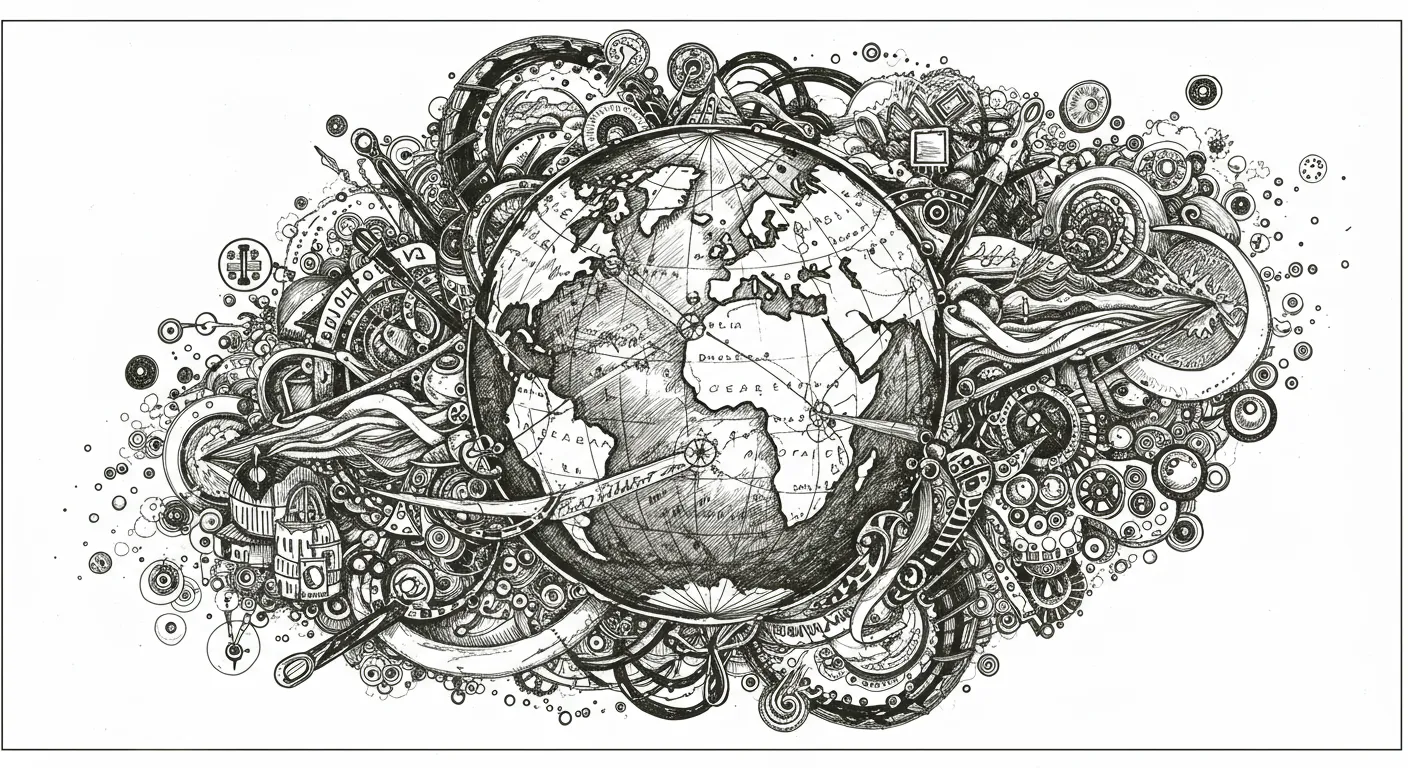The world of satellite imagery is undergoing a quiet revolution, driven by innovative AI technologies that promise to transform how we understand our planet from above. GeoDeep, an open-source project, is pushing the boundaries of what's possible in image detection and analysis, particularly for orthographic imagery.
Online commentators are buzzing about the potential applications, especially in disaster response and community infrastructure mapping. The project's use of ONNX (Open Neural Network Exchange) is particularly intriguing, offering a lightweight solution that can run efficiently on standard CPUs. This is crucial for making advanced geospatial analysis more accessible to researchers and organizations with limited computing resources.
One of the most exciting prospects is the potential for community-driven mapping. As one commentator pointed out, there's a significant gap in open models for detecting infrastructure like solar panels and swimming pools. GeoDeep represents a step towards democratizing geospatial intelligence, making sophisticated image analysis tools available to a broader range of users worldwide.
The tool isn't without its limitations. The project's creator noted challenges with image resolution, particularly when analyzing smaller objects like cars. The ground sampling distance (GSD) can significantly impact detection accuracy, with current models performing best at specific pixel resolutions. This highlights the ongoing challenges in developing universally applicable AI detection models.
Looking ahead, the project hints at broader possibilities for satellite and aerial imaging. From disaster response to infrastructure planning, the ability to quickly and accurately process large-scale imagery could be a game-changer. As AI technologies continue to evolve, tools like GeoDeep are making our understanding of the world from above more nuanced, accessible, and actionable.


